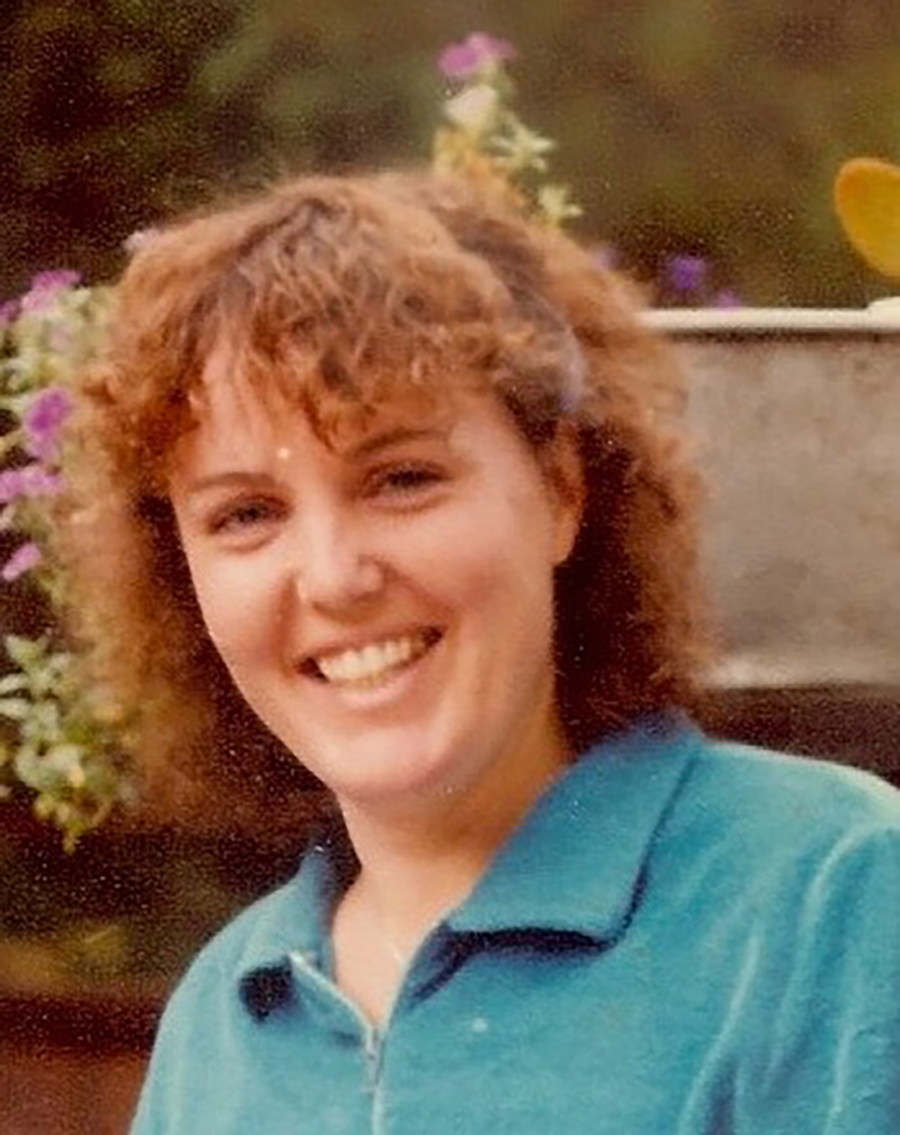Betty Woolfolk, the longtime executive director of Gallery Route One whose own works delved into the realm of fantastical pop science, died on June . . .
Betty Woolfolk, director of Gallery Route One, dies at 69


Betty Woolfolk, the longtime executive director of Gallery Route One whose own works delved into the realm of fantastical pop science, died on June . . .